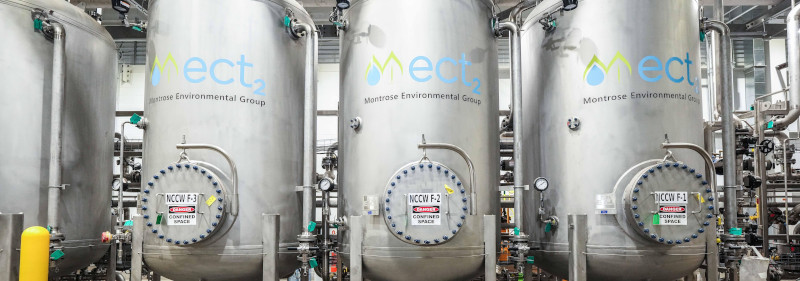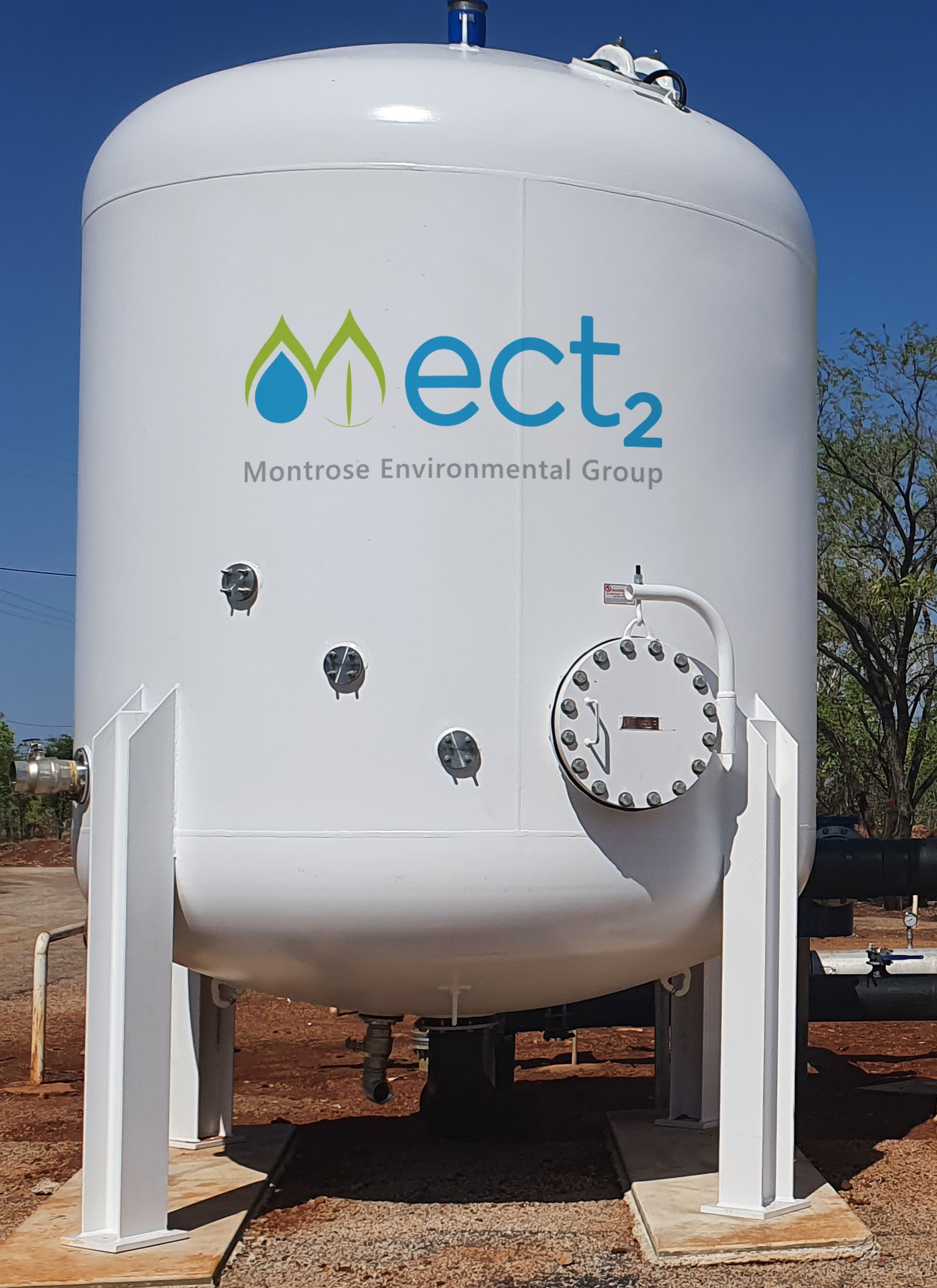
Regenerable Ion Exchange Resin (SORBIX™ RePURE)

Regenerable ion exchange (IEX) resin is commonly used in high PFAS concentration applications, including groundwater remediation, wastewater, and landfill leachate. ECT2’s regenerable resin, SORBIX™ RePURE, is a patented technology, enabled by a proprietary specialty regenerant solution, that allows PFAS-saturated resin to be regenerated onsite and reused. Following regeneration, the solution is processed through ECT2’s distillation and SuperLoading™ process, which reduces waste generation by orders of magnitude.
Advantages
- Effective on a broad range of PFAS, including short chains
- Higher PFAS removal capacity than GAC
- Typically offers the lowest lifecycle cost for high-concentration PFAS applications
- Resin is regenerated on-site, inside the vessel
- Multiple treatment systems can share a central regeneration system
- Lowest waste generation
- Co-contaminants can be removed with a train approach
Disadvantages
- Power is required for the distillation process
Video:
SORBIX™ RePURE Ion Exchange System
Watch this video to learn how the SORBIX™ RePURE Ion Exchange (IEX) system provides a continuous, uninterrupted PFAS treatment. This system also minimizes media replacement and waste generation, all within a compressed footprint.
Case Studies:
Regenerable Resin System for Groundwater Remediation
The former Pease Air Force Base (Pease) in Portsmouth, NH was the site for fire-training activities for the State of New Hampshire for several years. Due to this, the groundwater was impacted by PFAS and The United States Air Force Civil Engineering Center (AFCEC) had to move quickly to evaluate and find a sustainable treatment technology. Read this case study to learn more about the project, the limited waste generated, and the amount of water treated to date.
Case Studies:
RAAF Base Tindal Case Study
ECT2 was contacted by the Australian Department of Defense after completing a detailed environmental site investigation at RAAF Base Tindal and surrounding private land. The investigation identified that PFAS contamination had entered the groundwater and migrated off-site towards the Katherine River, therefore potentially impacting the local drinking water supply. In this case study, you’ll learn about the solutions applied to the fire training area (FTA) and fire station area (FSA) to remediate this challenging water.
